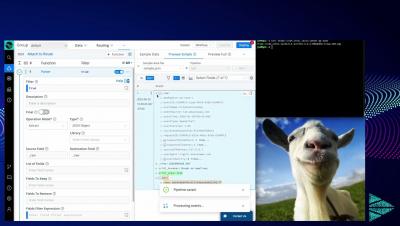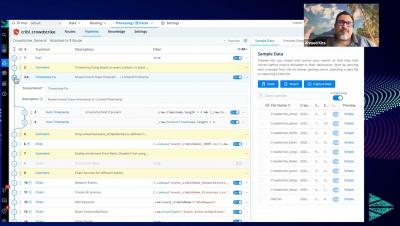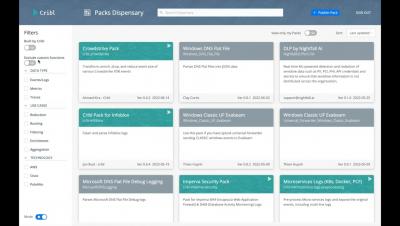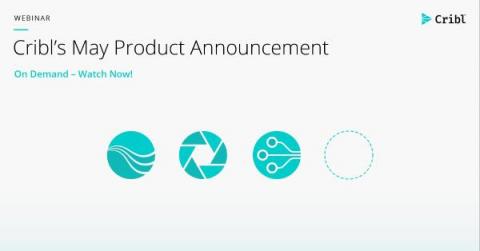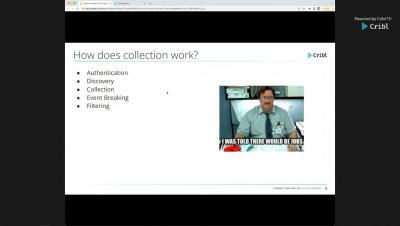Collect More Data with Windows Server Support in Cribl Edge 3.5
Cribl Edge is the easiest and most manageable agent for exploring, processing, and collecting Observability data at the edge for Linux servers. Today, we’re excited to announce that it’s not just Linux admins whose lives have been made easier with Edge. With the Cribl Software Suite 3.5.0, Cribl Edge now supports Windows Server 2016, 2019, and 2022, bringing that same intuitive experience for deploying, setting up, and collecting observability events to your Windows infrastructure.






